ARTICLE AD BOX
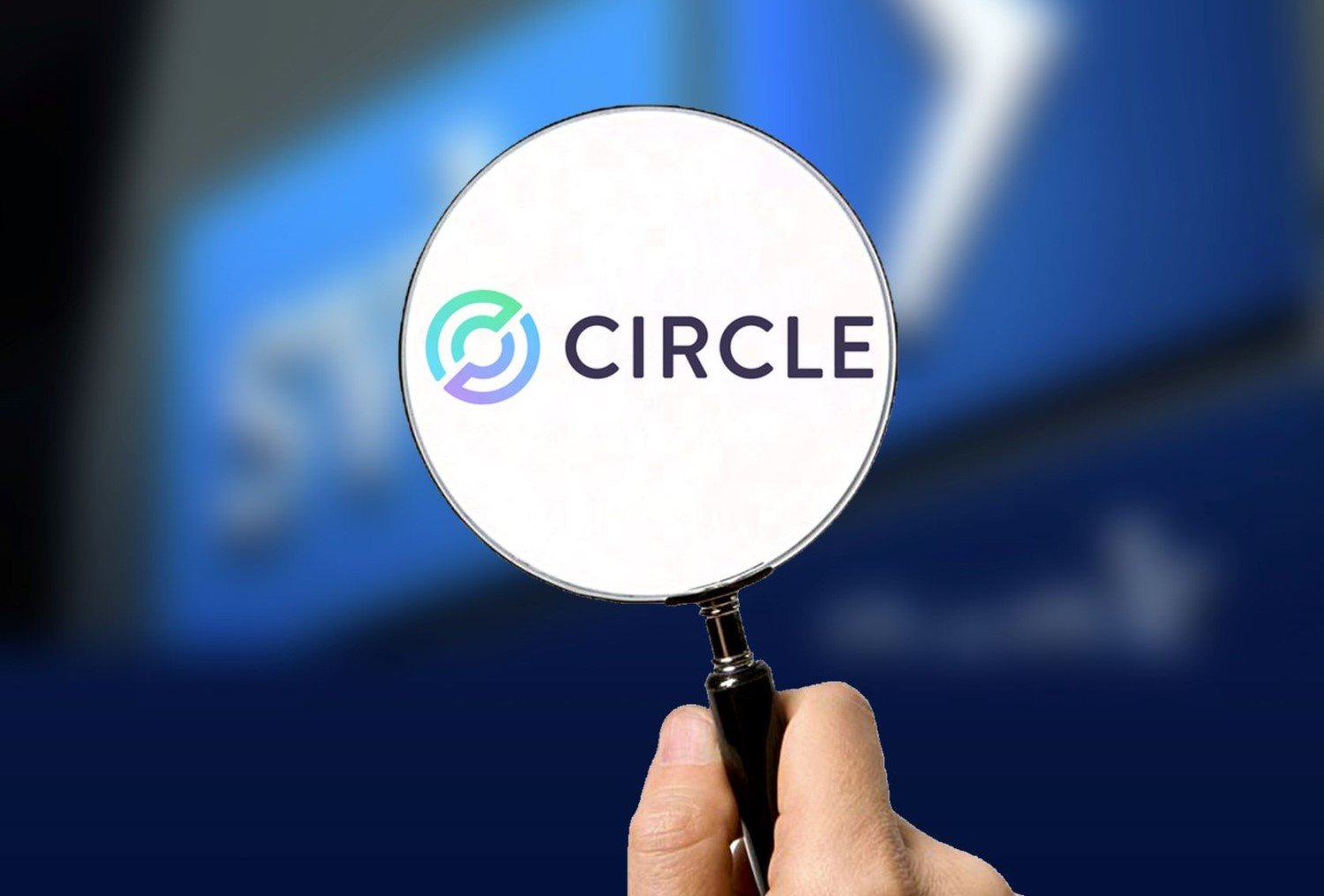
- Circle launches CPN Mainnet, enabling instant blockchain payments with real-time visibility and capital efficiency across borders.
- CPN already supports major global corridors and partners, marking a leap in stablecoin-powered financial infrastructure.
Circle has finally launched the Circle Payments Network (CPN) Mainnet—a blockchain-based network that has been touted since its inception as a breakthrough in the world of cross-border payments.
In the middle of a $190 trillion international payments market that is still busy with manual processes, limited visibility, and long settlement times, CPN comes with a different approach. Not only is it faster, but it is also much more transparent and efficient.
Circle Payments Network Mainnet is officially live!
Today marks a major milestone for Circle, for @USDC, and for the future of stablecoin powered payments.
It started as an idea, but with our first transactions already happening on CPN, it has become a reality.
Cross border… pic.twitter.com/hC4ihmIPnN
— Circle (@circle) May 21, 2025
No More Waiting Rooms for Your Money
While usually money transfers between countries can take several days, even up to a week, CPN promises instant settlement. Transactions run in real-time, and funds don’t have to sit idle waiting for “green lights” from various intermediary institutions. Imagine you have a business in London and have to pay a vendor in Sao Paulo—with an old network, this process can be stressful. But with CPN? Just click, and it’s done.
Interestingly, this is not just a technology demo that no one has used yet. CPN already has international partners such as Alfred Pay (Brazil-Mexico), Tazapay (Asia), and Conduit which serves the US, Europe, and Mexico corridors. The system also supports programmability, suitable for payroll, remittances, and treasury fund management.
Circle’s Global Game Plan Unfolds
Circle has indeed been building the foundation for making USDC more than just an ordinary stablecoin. On the other hand, in early April, Circle received initial approval from the Abu Dhabi Global Market (FSRA) regulator.
This step is important not only to expand the adoption of USDC in the Gulf region, but also as part of Circle’s IPO plan on the New York Stock Exchange. Yes, Circle is indeed preparing to appear on the big stage.
Furthermore, the strengthening of the USDC ecosystem can also be seen from Mastercard’s steps. As of May 16, they announced that they were integrating USDC into their global payment system. Including a partnership with MoonPay for the conversion of stablecoins to local currencies, and even a debit card plan that can be directly connected to crypto assets.
Not only that, Mastercard is also developing an on-chain identity system so that cross-border transactions are safer and more practical. As if giving a signal, stablecoins are not just a trend, but a bridge between fiat and the digital world.
Circle itself continues to expand the reach of its technology. According to CNF, they are now expanding the Circle Paymaster feature to seven major blockchains, including Ethereum, Arbitrum, and Polygon. What makes this feature interesting? Now users can pay gas fees using USDC, without having to hold the network’s native token. This opens up a new path for the adoption of a more user-friendly EOA wallet.
What if this feature could be applied to various everyday payment applications, such as renting a boarding house, paying for graphic design, to donating to friends in need. No need to bother thinking about native tokens, just use USDC, and you’re done.
However, it should be noted that this is just the beginning. CPN plans to expand their reach to countries such as India, Nigeria, Turkey, the Philippines, and even Argentina throughout this year.
.png)
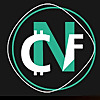 6 hours ago
2
6 hours ago
2
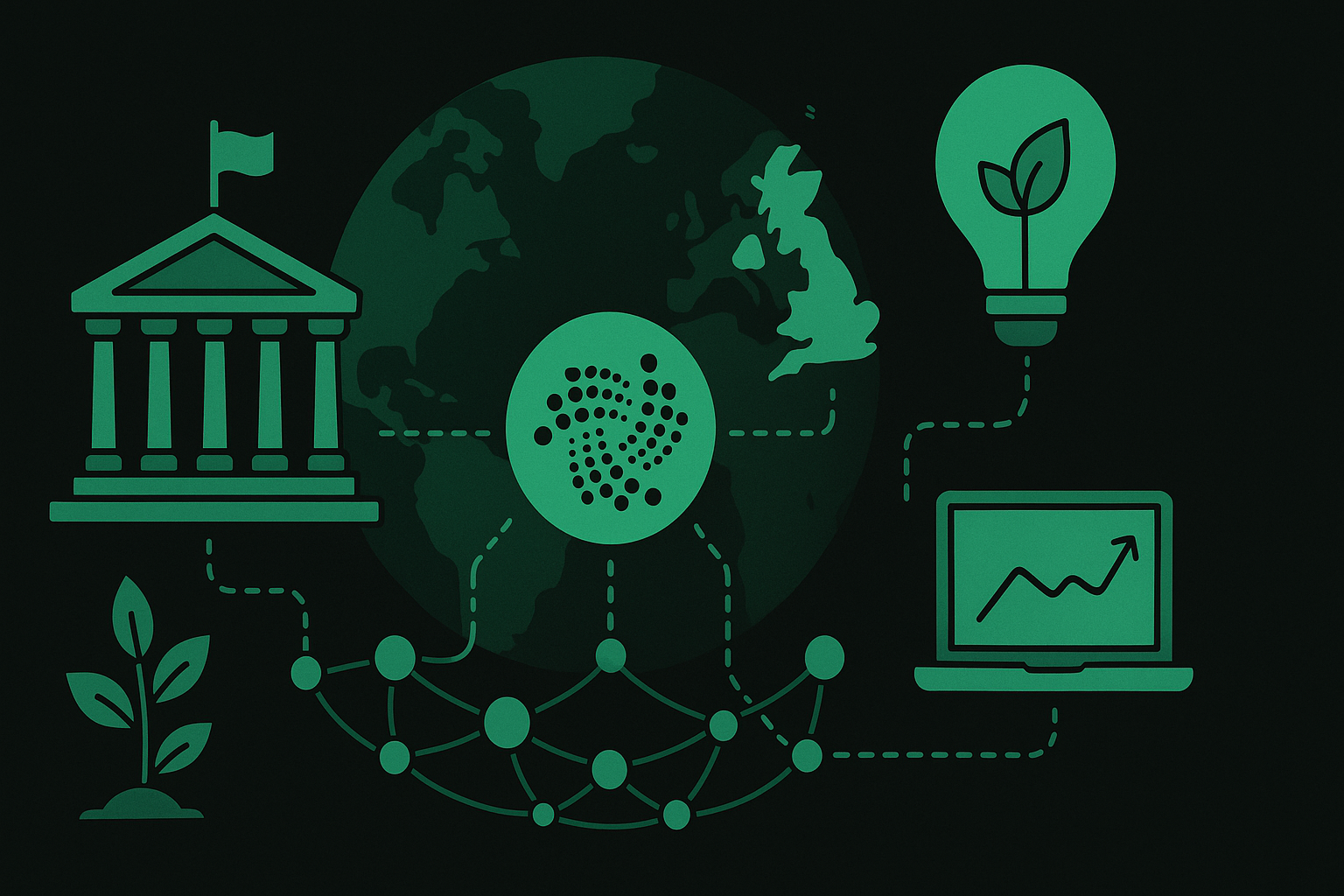


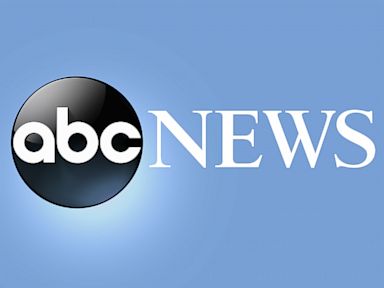

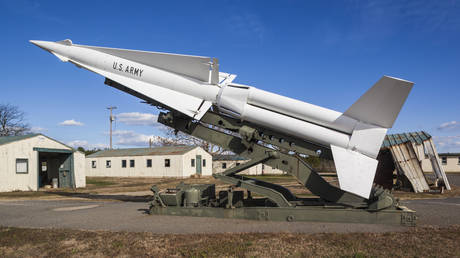
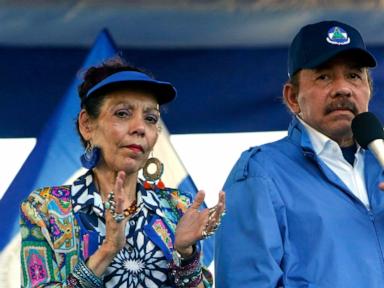

 English (US)
English (US)